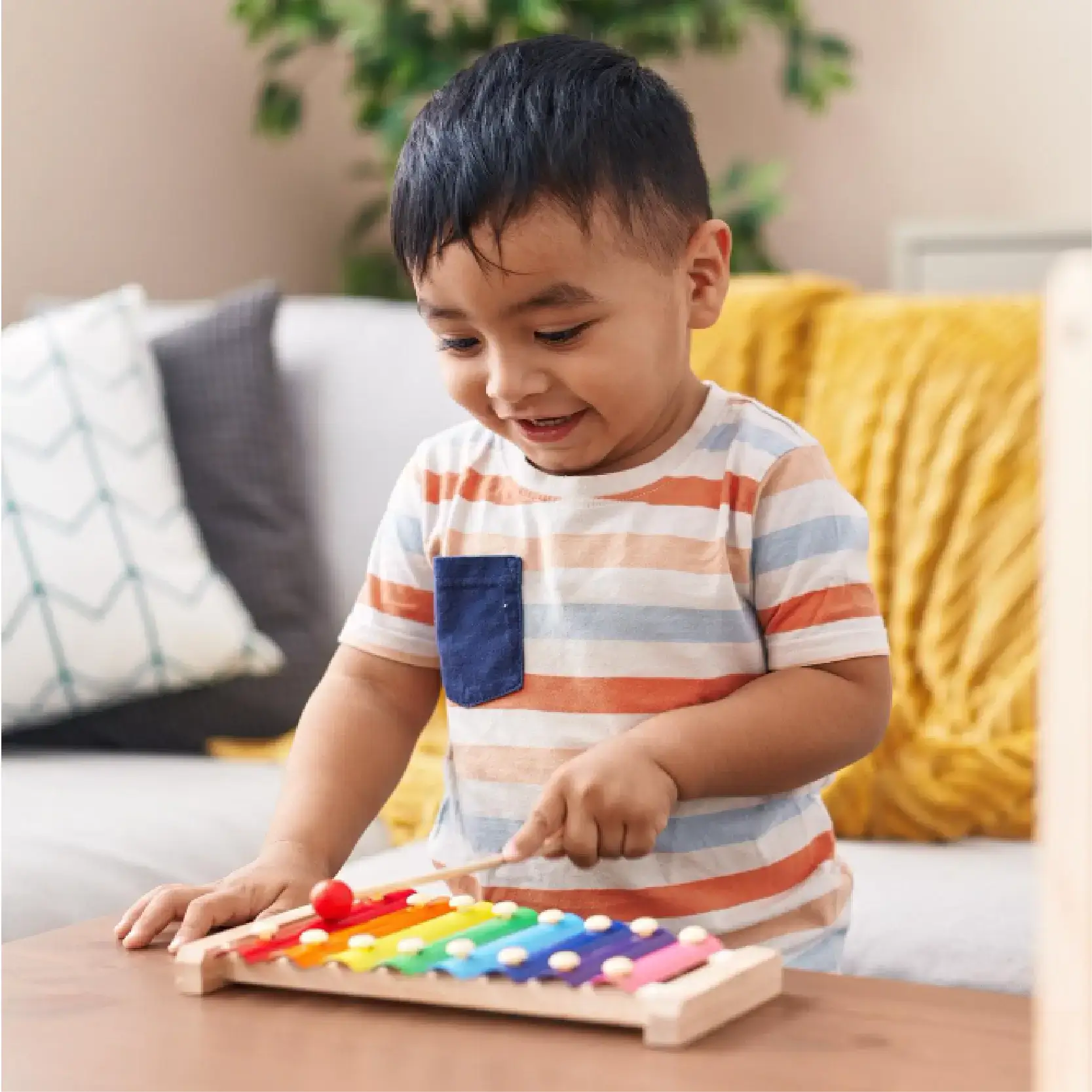When relationships break down and children are involved, determining the appropriate living and contact arrangements is often one of the most sensitive and emotionally charged issues. In cases where domestic abuse has been a feature of the family dynamics, this decision-making process becomes significantly more complex. The family courts in England & Wales are guided first and foremost by the welfare of the child, and any evidence or allegations of domestic abuse are taken extremely seriously.
Domestic abuse encompasses more than physical violence. It includes psychological, emotional, sexual, financial, and coercive or controlling behaviour. The wide definition recognises the broad range of ways in which one person can exert power and control over another. When these dynamics seep into the fabric of a family, the consequences for children can be devastating—not only in terms of direct harm but also in terms of exposure to fear, instability, and emotional neglect.
The role of the family courts, then, is not just to mediate between separating parents but to safeguard the child’s best interests in environments fraught with complexity and risk. The law in England & Wales has developed clear but nuanced principles to navigate these concerns.
The Paramountcy Principle and the Welfare Checklist
Under the Children Act 1989, the primary consideration in all decisions relating to children is their welfare. This is known as the paramountcy principle and it underpins all orders made under the Act. When determining any issue involving a child, the court must have regard to the welfare checklist set out in section 1(3) of the Act. This includes several factors: the wishes and feelings of the child (considered in light of their age and understanding), their physical, emotional and educational needs, the likely effect of any change in circumstances, the child’s age, sex, background, any harm the child has suffered or is at risk of suffering, and the capability of each parent to meet the child’s needs.
Domestic abuse directly connects to at least three of these elements: the risk of harm, the emotional and physical needs of the child, and the ability of an abusive parent to meet those needs. These considerations are not abstract. They play a crucial role in how judges assess parenting capacity and risk.
Understanding ‘Harm’ in a Family Law Context
The term ‘harm’ in the context of child law under section 31(9) of the Children Act includes not only ill-treatment and impairment of health or development but also the impairment suffered from seeing or hearing the ill-treatment of another. This is significant because it extends the definition beyond direct abuse of the child to include exposure to domestic abuse directed at the other parent. Therefore, a child who witnesses one parent abusing the other—even if they are not physically touched themselves—is considered to have suffered harm under the law.
This principle has far-reaching implications. It rejects the notion that domestic abuse is a matter solely between adults, recognising instead that children are deeply affected by the emotional and psychological climate of their households. The court, therefore, prioritises safeguarding children not only from physical danger but also from the toxic atmosphere and emotional suffering that can stem from witnessing controlling or violent behaviour.
The Role of Practice Direction 12J
Practice Direction 12J (PD12J) is a critical element in how the courts handle cases involving domestic abuse. This direction provides guidance to judges and magistrates when they are dealing with child arrangements cases where allegations of domestic abuse are raised. It was significantly revised in 2017 to strengthen the protection of children and ensure proper judicial scrutiny of alleged abuse.
One of the primary principles of PD12J is that the court should not make an order for a child to have contact with a parent where there is a risk that they or the parent caring for them will suffer harm, unless the court is satisfied that arrangements can be put in place to ensure the safety of both. It cautions against the presumption that parental involvement is beneficial where there is evidence of abuse.
PD12J also mandates the court to consider whether it is necessary to conduct a fact-finding hearing to determine the truth of the allegations before proceeding with decisions on contact arrangements. The direction underscores the need for the court to identify any patterns of controlling or coercive behaviour, rather than focusing narrowly on isolated incidents.
Fact-Finding Hearings and Assessing Evidence
Where domestic abuse allegations are made, and these are not admitted by the other party, the court may direct a fact-finding hearing. The purpose of this hearing is to determine the truth of the disputed allegations before the court proceeds to make any orders about the child’s living or contact arrangements.
These hearings are significant in shaping the remainder of the proceedings. If allegations are found to be proven, the court must consider how they impact on the child and the abusive parent’s ability to provide safe care. The implications may include restricted or supervised contact, or in more serious cases, no contact at all.
The court may rely on various forms of evidence, such as witness statements, police reports, medical records, and evidence from support services. However, a major challenge is the inherent difficulty in proving domestic abuse, which often occurs behind closed doors and may leave no physical traces. The family court does not require proof beyond reasonable doubt (as in criminal law); rather, it applies the civil standard, which is the balance of probabilities—what is more likely than not.
Expert Assessments and Safeguarding Measures
In especially complex cases, the court may order expert assessments, which can include psychological evaluations or reports from experienced social workers such as those employed by Cafcass (Children and Family Court Advisory and Support Service). Cafcass plays a crucial role in assessing risk and the wishes and feelings of the child. Their recommendations often carry significant weight in the final decision.
Cafcass can also recommend contact be supervised or supported by third parties or professionals. In situations involving a high level of risk, the court may direct that contact occurs in a contact centre or through indirect means, such as email or video calls, to protect the child and the other parent.
Ultimately, the court must assess whether the benefits of the child having a relationship with the abusive parent outweigh the potential risks. The question is not merely whether contact is theoretically possible, but whether it is safe and in the child’s best interests.
Presumption of Parental Involvement and Its Exceptions
The law in England & Wales includes a presumption that it is generally in the best interests of a child to have some form of involvement with both parents. This principle is set out in section 1(2A) of the Children Act, which was introduced by the Children and Families Act 2014. However, this presumption is not absolute.
Where there is evidence that parental involvement would place the child or the other parent at risk of harm, this presumption does not apply. PD12J reinforces this legal exception by requiring judges to consider whether the presumption of contact should be disapplied when abuse is established. Furthermore, the court must provide clear reasons when making decisions that allow contact despite findings of domestic abuse, particularly if those decisions go against safeguarding recommendations.
This legal balancing act is not easy. Courts must weigh the significance of the child having a continuing relationship with both parents against the potential trauma and instability resulting from forced or unsafe contact. The court has a duty to avoid placing children in harm’s way under the guise of promoting parental relationships.
The Emotional Toll on Children
A growing body of psychological research highlights the damaging effects of domestic abuse on children’s emotional development. Long-standing exposure can lead to anxiety, depression, poor academic performance, low self-esteem, and difficulties forming healthy relationships in the future. Children who grow up in violent homes often learn maladaptive behaviours, mirroring the aggression, manipulation, or emotional withdrawal they’ve witnessed.
The court takes these potential impacts into serious consideration, especially in cases involving coercive or controlling behaviour—a form of abuse that, while often lacking physical violence, can have equally destructive psychological consequences.
Children may develop a fear of the abusive parent, or alternatively may be used as pawns in the ongoing manipulation of the other parent. In some cases, they may be pressured to take sides or may feel responsible for the family breakdown. These complex emotional landscapes further challenge the court’s task in determining what arrangements would best serve the child’s long-term well-being.
Long-Term Outcomes and Post-Contact Considerations
Even after a final order is made, cases involving domestic abuse often require ongoing monitoring. Life circumstances change, and with them, the risk factors may also evolve. For instance, the abusive parent may engage in rehabilitation efforts, attend anger management or parenting courses, or participate in therapy. Alternatively, they may continue to demonstrate manipulative or dangerous behaviour.
Similarly, as children grow older, their own views and preferences become increasingly relevant. The law gives weight to a child’s wishes in accordance with their age and maturity, and changes in a child’s emotional readiness or comfort level with contact may warrant the court revisiting earlier decisions.
Enforcement of contact orders in these cases is particularly delicate. Forcing a child to have contact with a parent they fear or distrust can be deeply distressing. While the courts do have mechanisms to ensure compliance, in practice they are cautious about using enforcement options in domestic abuse cases where doing so might cause further harm to the child.
Conclusion
Navigating child custody decisions in the context of domestic abuse is one of the most challenging responsibilities of the family courts in England & Wales. The law recognises that children’s best interests go beyond simplistic notions of fairness or equal parental rights; safety, emotional wellbeing, and protection from harm take precedence. Although the courts are bound by the principle that a meaningful relationship with both parents is usually in the child’s interests, this is not a blanket rule and does not override the need for protection against abuse.
The evolving understanding of domestic abuse—especially non-physical forms such as coercive control—means that courts now pay sharper attention to the relational dynamics within families and their psychological toll on children. Through the Children Act’s welfare provisions, Practice Direction 12J, and the nuanced use of judicial discretion, the legal system aims to ensure that children emerging from painful domestic situations are not shackled to harmful contact arrangements but are supported instead in healing and safety.













